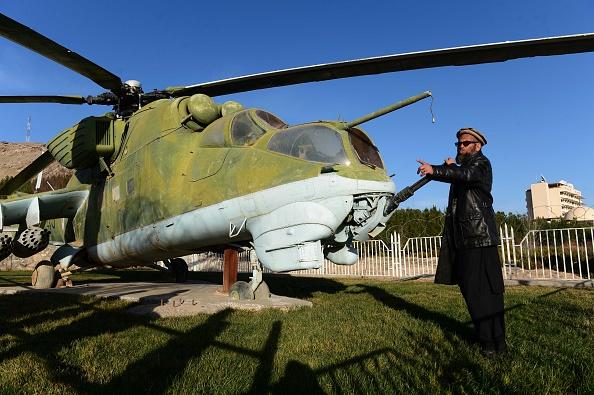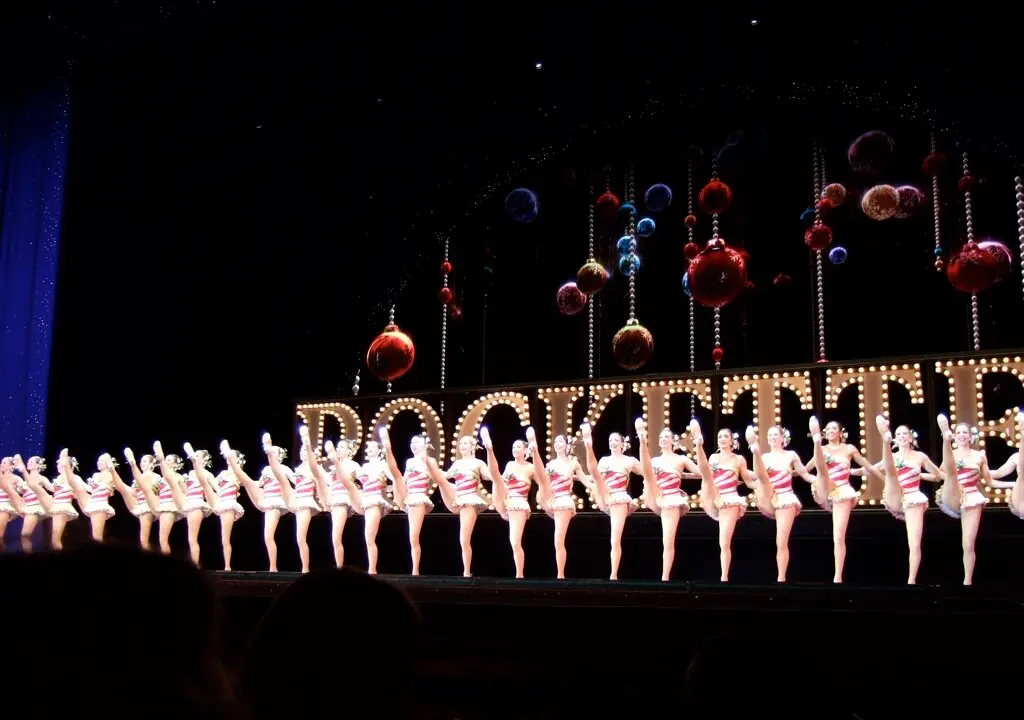The aftermath of America’s disastrous and tragic withdrawal from Afghanistan in the summer of 2021 can never be forgotten. It is too cataclysmic to forget. But it should not be remembered solely because of what took place when the Americans left. What should be remembered, and it is arguable that this is more important, is why invading such a place (whether for reasons acceptable or not) was a militarily strategic mistake.
In the long run, it became an economic, social, and political mistake as well. Before the Americans invaded, the Soviets demonstrated the many problems that could arise from such an invasion.






